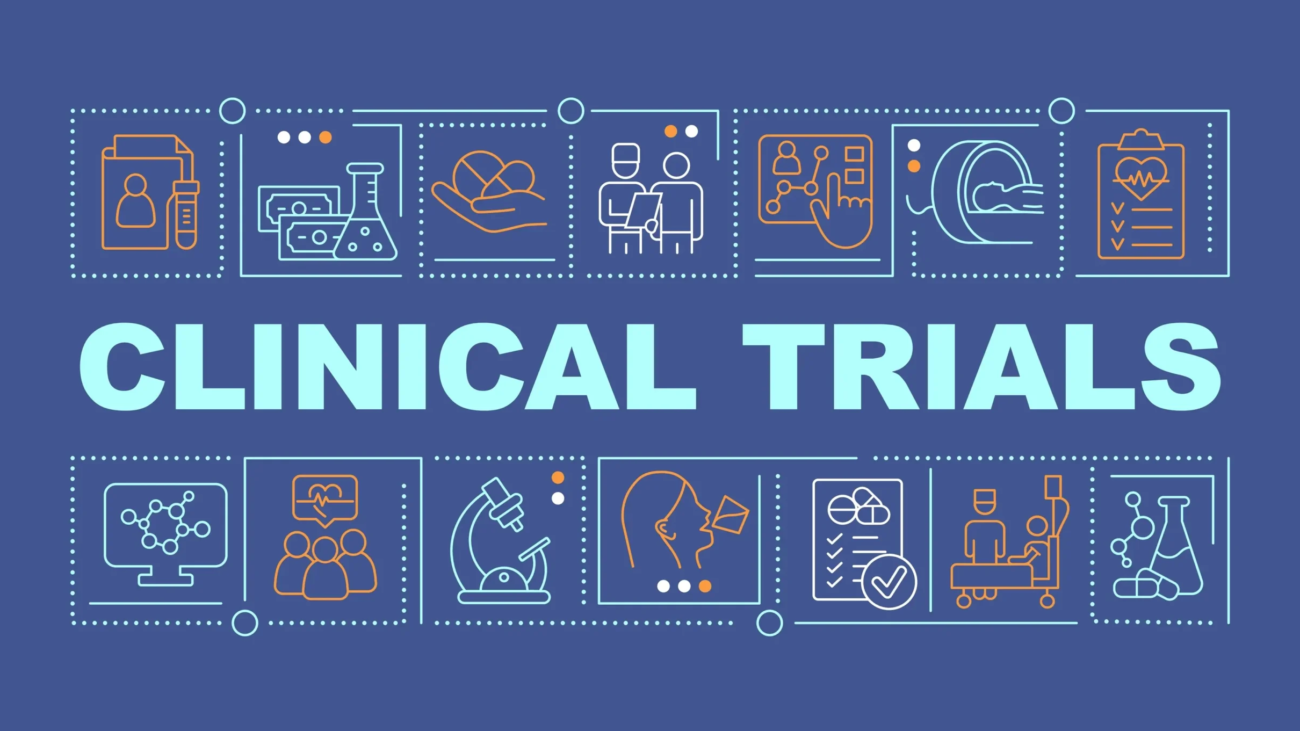Clinical trials play a vital role in testing new drugs, devices, and treatments. These studies help determine if medical innovations are safe and effective. But behind every trial is a network of federal agencies responsible for protecting the public. In the United States, the Food and Drug Administration (FDA), the Department of Health and Human Services (HHS), and the Office for Human Research Protections (OHRP) are the main players. This guide explains what each agency does and how past public health disasters shaped today’s rules.
Step 1: Understanding the Role of the FDA
The FDA is the primary agency regulating clinical trials for drugs, biologics, and medical devices. It reviews and approves Investigational New Drug (IND) applications before studies begin. It also oversees Investigational Device Exemptions (IDE) for medical devices.
The FDA’s goals include:
- Making sure trials follow ethical and scientific standards
- Protecting volunteers from harm
- Monitoring trial data for safety issues
If a trial does not follow rules, the FDA can issue warnings, halt the study, or reject future approvals.
Step 2: How HHS Sets the Foundation
The Department of Health and Human Services (HHS) is the parent organization that oversees health-related agencies, including the FDA and OHRP. HHS creates national health policies and funds many clinical studies through agencies like the National Institutes of Health (NIH).
HHS helps define the ethical standards all federally funded research must follow. These standards are based on key documents like:
- The Belmont Report (1979)
- The Common Rule (45 CFR 46)
These set the baseline for protecting human subjects in research, including rules about informed consent and Institutional Review Board (IRB) oversight.
Step 3: The OHRP and Human Subject Protections
The OHRP focuses entirely on protecting people who take part in research. It reviews how studies are designed, how consent is collected, and whether risks are properly managed.
OHRP responsibilities include:
- Auditing research institutions for compliance
- Reviewing complaints from participants
- Providing training and guidance to researchers
OHRP is especially involved in studies funded by federal money. Universities and hospitals must have a Federalwide Assurance (FWA) to conduct human research under OHRP rules.
Step 4: Learning from History: Why Oversight Matters
Today’s laws and agencies didn’t appear overnight. They were shaped by past research scandals that caused harm to patients. These events highlighted the need for strong protections and transparent rules.
Key examples include:
The Tuskegee Syphilis Study (1932-1972):
In this study, Black men with syphilis were left untreated so scientists could observe the disease’s natural progress. They were not told they had syphilis and were denied treatment. Public outrage led to the formation of the National Research Act and the Belmont Report.
Thalidomide Tragedy (1950s-60s):
This drug, used to treat morning sickness, caused severe birth defects. It led to major reforms in how drugs are tested and approved, and strengthened the FDA’s authority.
Willowbrook Hepatitis Study:
Mentally disabled children were intentionally infected with hepatitis to study the disease. This unethical research sparked changes in consent practices and research ethics.
Step 5: What Companies Must Do Today
Any company or sponsor planning a clinical trial must follow a specific process:
- Submit the Trial Plan: Companies must submit an IND or IDE to the FDA, explaining the product, trial design, and safety data.
- Work with an IRB: An Institutional Review Board must approve the study. The IRB checks if the trial is ethical and if participants are fully informed of the risks.
- Follow Informed Consent Rules: Participants must receive easy-to-understand information about the study, their rights, and any risks. They must agree voluntarily before enrolling.
- Train Staff: Researchers must be trained in ethics, patient safety, and trial protocols.
- Keep Good Records: Accurate documentation is key. Agencies may inspect records at any time.
- Report Problems Immediately: If serious side effects or issues arise, they must be reported to the FDA and the IRB right away.
Step 6: FDA Monitoring and Audits
Once a trial begins, the FDA continues to monitor its progress. The agency may:
- Inspect clinical sites
- Review patient records
- Verify consent forms
- Evaluate adverse event reports
If issues are found, the FDA can issue a Form 483, send a warning letter, or even shut down the trial.
Step 7: OHRP Investigations and Public Complaints
If a trial involves federal funding, the OHRP may also step in. Participants can file complaints if they feel their rights were violated.
OHRP investigates:
- Lack of proper consent
- Mistreatment of volunteers
- Unreported protocol changes
In serious cases, OHRP can suspend or terminate an institution’s research funding.
Step 8: Ethics Training and Institutional Accountability
Many institutions now require all researchers to complete human subject protection training. This helps prevent violations and teaches staff how to recognize ethical issues.
Institutions must also create internal systems to catch problems early. These include:
- Regular protocol reviews
- Internal audits
- Compliance officers
Step 9: How These Agencies Work Together
The FDA, HHS, and OHRP all play unique but connected roles:
- The FDA focuses on products (drugs, devices) and safety
- HHS oversees national policy and funding
- OHRP protects human subjects and ethical practices
Together, they make sure clinical trials are ethical, safe, and scientifically sound.
Conclusion
Clinical trials are the foundation of modern medicine, but they come with big responsibilities. Public health tragedies in the past showed how dangerous unregulated research can be. Today’s system, led by the FDA, HHS, and OHRP, exists to prevent these mistakes.
Understanding each agency’s role helps companies stay compliant and protect participants. With clear steps and strong oversight, the system supports both innovation and safety in clinical research.





